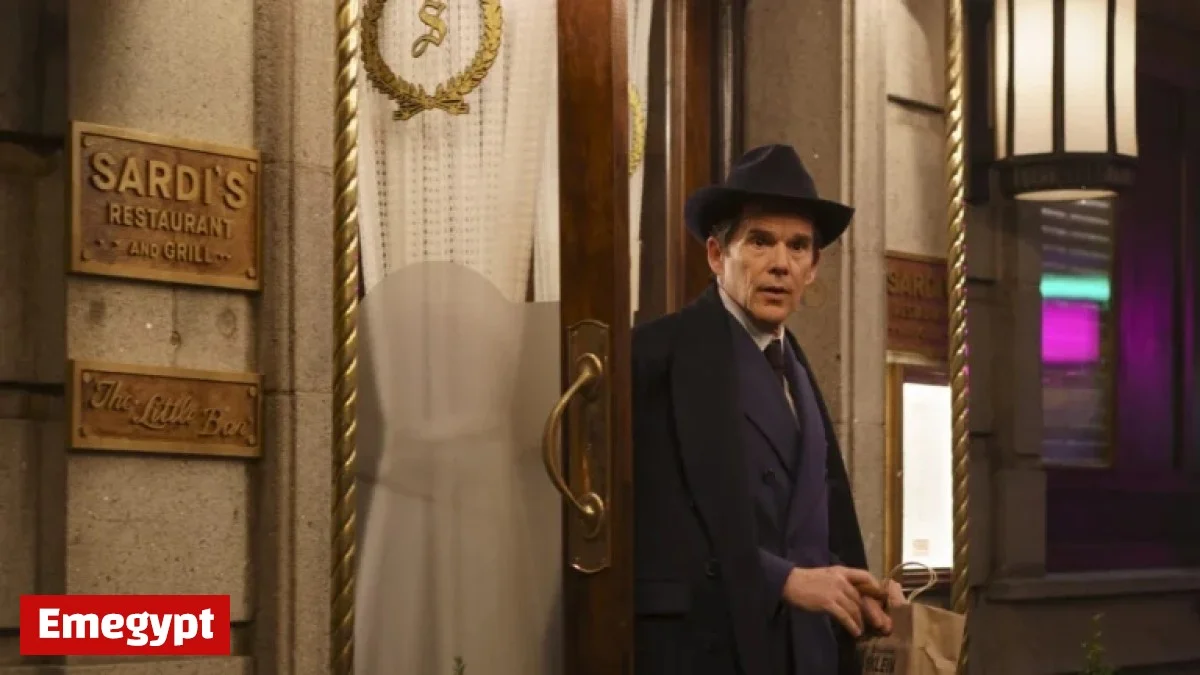
The recent film “Blue Moon,” directed by Richard Linklater, tells the captivating story of Lorenz Hart, a legendary Broadway lyricist. This unique film intertwines comedy, drama, and a deep dive into Hart’s tumultuous life during a pivotal evening in Broadway history.
Event Overview
The narrative unfolds on March 31, 1943, at the St. James Theater. This date marks the opening night of “Oklahoma!”, a momentous occasion for the Broadway scene. Hart, portrayed by Ethan Hawke, finds himself grappling with emotional turmoil as he navigates his feelings during the celebration.
Setting and Characters
The film predominantly takes place at Sardi’s, an iconic New York City bar known for its rich history in the entertainment industry. Here, Hart interacts with various characters, including:
- Eddie the Bartender Played by Bobby Cannavale, he shares a familiar banter with Hart, highlighting the latter’s struggles.
- Elizabeth Weiland Portrayed by Margaret Qualley, she embodies Hart’s insecurities and attachments.
- E.B. White The coauthor of “The Elements of Style,” he represents the literary world that Hart admires.
Key Themes and Issues
The film addresses significant themes such as:
- Creativity and Vulnerability Hart discusses the challenge of transforming love into lyrics, emphasizing the delicate balance of vulnerability in artistry.
- Personal Struggles Hart’s internal conflicts are evident, particularly regarding his relationship with Richard Rodgers and his romantic feelings toward men.
- Historical Context The film explores the era’s societal norms, particularly around sexuality and artistic expression.
Production and Narrative Style
Linklater’s direction combines humor and poignant moments, engaging viewers in Hart’s complex character. The screenplay by Robert Kaplow allows for creative liberties, as much of Hart’s life remains enigmatic.
Despite the limited historical documentation of Hart’s contributions, the film effectively brings his character to life, elevating his legacy in the world of musical theater.
Conclusion
“Blue Moon” serves as an affectionate tribute to Lorenz Hart. It provides audiences with an insightful glimpse into the world of Broadway during the early 20th century. As viewers join Hart on this emotional journey, they are reminded of the exquisite and often painful nature of creativity—perhaps once in a Blue Moon.
